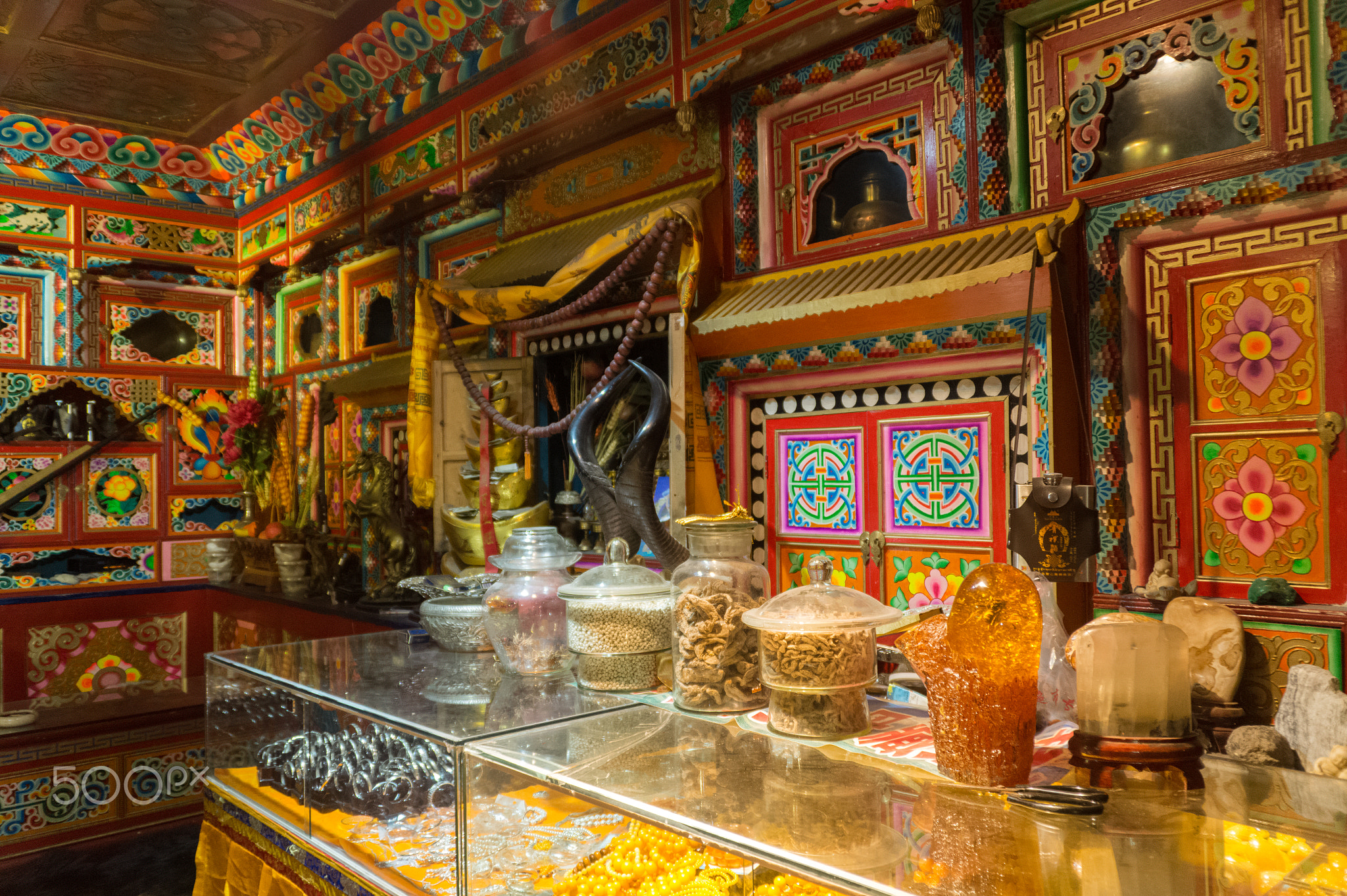Tibetan Buddhism
In December 2024, the State Administration for Religious Affairs in China introduced new regulations governing Tibetan Buddhist temples. These measures, effective from January 1, 2025, enhance state control over religious practices in Tibet. The Chinese Communist Party (CCP) aims to integrate Tibetan Buddhism into the broader Han Chinese cultural framework. This policy is part of a larger strategy to assimilate Tibetan culture and enforce political loyalty within religious institutions.
About Tibetan Buddhism
- Buddhism reached Tibet by the 9th century AD.
- It evolved from Mahayana and Vajrayana traditions, incorporating elements from the Bon religion, which predated Buddhism in Tibet.
- Tibetan Buddhism has four primary schools – Nyingma, Kagyu, Sakya, and Gelug.
- The Gelug School, established in the 15th century, has been the most influential since the 17th century.
The Gelug School and the Dalai Lama
The Gelug School is known for its emphasis on monastic discipline and scholarship. The Dalai Lama, the spiritual leader of Tibetan Buddhism, belongs to this school. The title ‘Dalai Lama’ means ‘ocean teacher’ in Mongolian. It was first conferred upon Ngawang Lobsang Gyatso, the 5th Dalai Lama, who established the tradition of reincarnation for succession.
New Regulations and Political Integration
The updated Measures for the Administration of Tibetan Buddhist Temples mandate political loyalty from religious leaders. The regulations integrate political directives into religious governance. This legal framework aims to reinforce the CCP’s ideological control over Tibetan Buddhism. The Tibetan Centre for Human Rights and Democracy brought into light that these changes undermine existing legal protections for religious freedom.
Impact on Tibetan Religious Practices
The new regulations impose strict controls on monastic institutions and clergy. Religious practices are now intertwined with state ideology. The CCP’s goal is to create a unified Chinese identity that subsumes Tibetan cultural identity. This has led to increased pressure on Tibetan Buddhists to conform to the Han Chinese narrative.
Suppression of Religious Freedom
In recent years, the Chinese government has escalated its suppression of religious freedom in Tibet. Authorities have employed coercive ‘patriotic education’ campaigns to instil loyalty among Tibetans. There have been reports of arbitrary arrests and detentions of monks and practitioners. The religious landscape in Tibet is now heavily monitored and controlled.
Broader Implications of the Regulations
The measures reflect China’s broader strategy of sinicising religion. By enforcing political conditions in religious administration, the CCP seeks to eliminate any potential dissent arising from Tibetan Buddhism. This approach raises concerns regarding the preservation of Tibetan cultural and spiritual identity.
Month: Current Affairs - February, 2025
Category: Legal & Constitution Current Affairs








